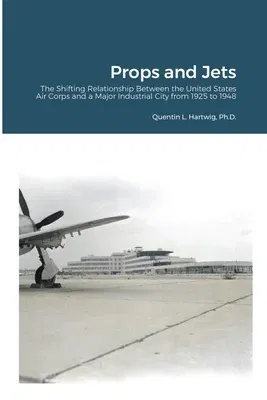The June 25, 1925, inauguration of Rodgers Field marked the beginning of
Allegheny County Commissioners' investment into commercial aviation. A
modest acquisition of 40 acres that has with time evolved to the
presence of the 1500 acre Pittsburgh International Airport across town.
This book chronicles the dreams, successes, failures, promises, and
fatalities in the intervening events from 1923 to the opening of the
commercial terminal at the Greater Pittsburgh Airport (GRP) in 1952.
Over time, Rodgers Field, the first field, could not be enlarged,
expansion of Allegheny County Airport, the second field, proved too
expensive, with GRP, the third field, finally large enough to fill the
needs of the commercial and military needs. In the 1920s and 1930s the
political leadership of Allegheny County struggled to craft the best
aviation facility to attract military and commercial interests.
Experience with the shortcomings of Rodgers Field provided guidance in
the design of the Allegheny County Airport. During World War Two,
Pittsburgh lay in the flight path of immense numbers of thirsty military
aircraft being flown from one area of the United States to another. The
breadth of the Greater Pittsburgh Airport provided the necessary space
for runways and parking areas to accommodate the impressive traffic
landing for refueling, maintenance and repair. In that time period, the
media devoted most of their attention to the battle arenas, in foreign
lands and on distant oceans. Conflicts won meant yet another step to
victory when the United States service men and women could return home.
But the success 'over there' was totally dependent upon the war
production system 'over here.' In addition to the military history of
Rodgers Field, this work details the worthy participation 'over here' of
the two Allegheny County airfields. 162 photos, illustrations, drawings,
documents. A Merriam Press Aviation History.


